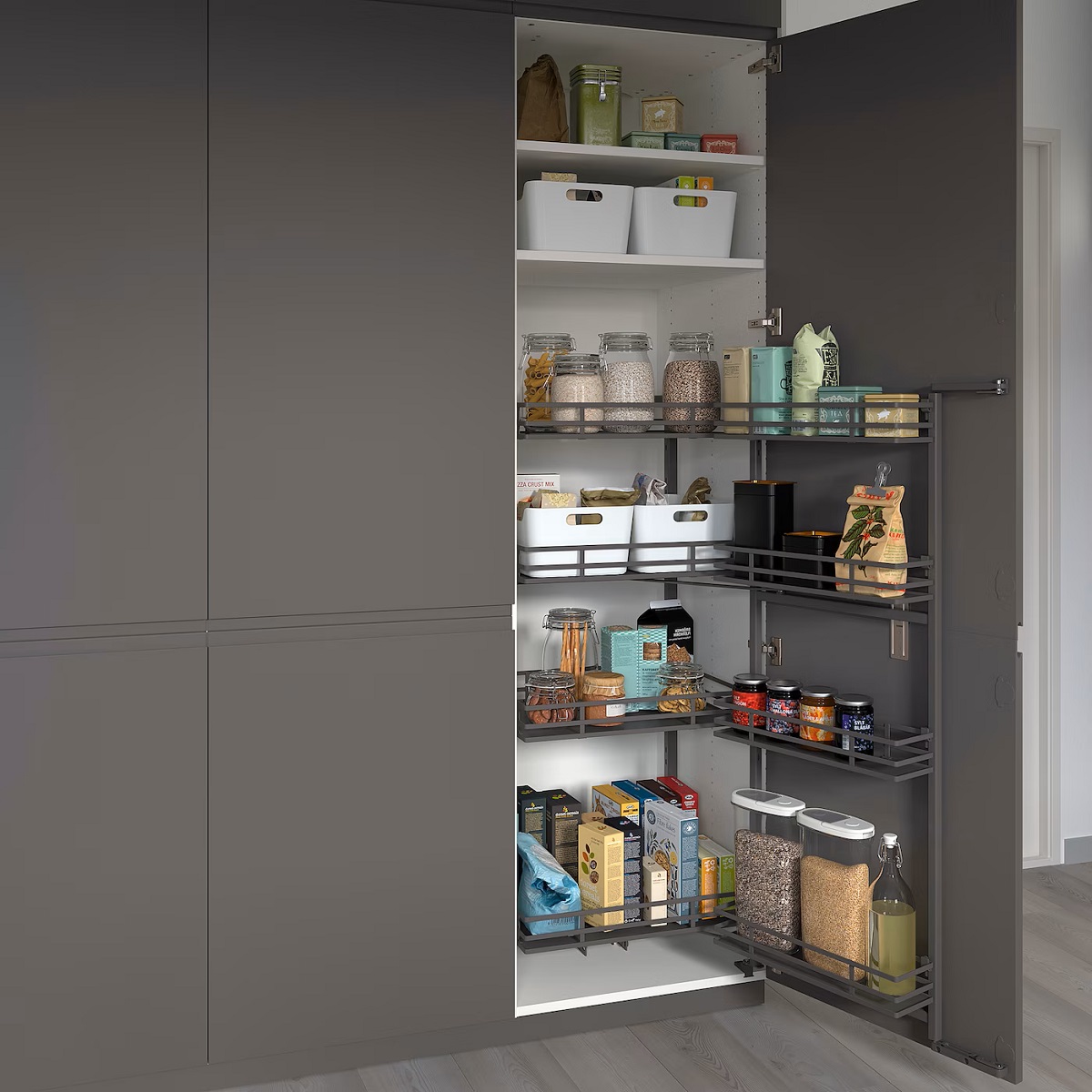

Articles
How Deep Should A Pantry Cabinet Be
Modified: August 31, 2024
Learn how to determine the ideal depth for your pantry cabinet with our informative articles. Discover the perfect measurements and maximize your storage space.
(Many of the links in this article redirect to a specific reviewed product. Your purchase of these products through affiliate links helps to generate commission for Storables.com, at no extra cost. Learn more)
Introduction
Welcome to the world of pantry cabinets! A pantry cabinet is an essential storage solution for any kitchen, offering a convenient and organized space to store food items, culinary tools, and kitchen essentials. The depth of a pantry cabinet plays a crucial role in determining its functionality and usability. In this article, we will delve into the various depths of pantry cabinets, weighing the pros and cons of standard depths and exploring alternative options.
So, whether you are remodeling your kitchen or simply looking to optimize your storage space, understanding the depth of a pantry cabinet is key. Let’s dive in!
Key Takeaways:
- Standard depth pantry cabinets offer space efficiency, easier access, and cost-effectiveness, but may have limited storage capacity and customization options. Consider your kitchen layout and storage needs when choosing the depth.
- Alternative depth pantry cabinets provide increased storage capacity, better organization, and customization options, but may be costlier and require more space. Assess your budget, available space, and storage requirements for the best fit.
Read more: How To Organize A Deep Pantry Cabinet
What is a pantry cabinet?
A pantry cabinet is a tall and narrow storage unit specifically designed to store food items, kitchen supplies, and other household essentials. It serves as a dedicated space to keep your pantry items organized and easily accessible. Pantry cabinets come in various sizes, styles, and designs to suit different kitchen layouts and personal preferences.
Typically, a pantry cabinet features shelves, drawers, and sometimes even baskets or pull-out trays, providing ample storage space for groceries, canned goods, dry goods, small appliances, and more. Some pantry cabinets also have built-in features like spice racks, wine racks, or adjustable shelves to cater to specific storage needs.
Not only does a pantry cabinet offer storage functionality, but it also helps to keep the kitchen clutter-free and visually appealing. By keeping all your pantry essentials organized and within reach, you can optimize your kitchen workflow and make meal preparation a breeze.
Pantry cabinets can be standalone units or integrated into the kitchen cabinetry. Standalone pantry cabinets are freestanding and can be moved around if needed, providing flexibility in kitchen design. Integrated pantry cabinets, on the other hand, seamlessly blend with the rest of the kitchen cabinetry, creating a cohesive and harmonious look.
Now that we understand what a pantry cabinet is, let’s explore the standard depth of these cabinets and its pros and cons in the next section.
Standard depth of pantry cabinets
The standard depth of a pantry cabinet typically ranges from 12 to 24 inches. This depth allows for sufficient storage space while ensuring that the pantry cabinet doesn’t protrude too far into the kitchen, maintaining a streamlined and efficient layout.
The 12-inch depth pantry cabinets are more common in smaller kitchens or as supplementary storage units. They are ideal for storing canned goods, spices, and smaller items. However, due to their limited depth, they may not be suitable for storing larger items or bulky kitchen appliances.
On the other end of the spectrum, 24-inch depth pantry cabinets offer more storage space, accommodating larger items, such as small appliances, storage containers, and bulkier pantry items. This depth is perfect for those with larger kitchens or those who require extensive pantry storage space.
The standard depth pantry cabinets provide a balance between storage capacity and space efficiency. They are designed to fit seamlessly into most kitchen layouts, providing ample storage while still allowing for easy access to the stored items. Additionally, standard depth pantry cabinets often come with adjustable shelves, allowing for customized storage configurations to suit individual needs.
Pros and cons of standard depth pantry cabinets
Standard depth pantry cabinets have their own set of advantages and disadvantages. Let’s explore them below:
Pros:
- Space efficiency: Standard depth pantry cabinets are designed to optimize space without compromising on storage capacity. They fit seamlessly into most kitchen layouts, making efficient use of available space.
- Easier access: With a standard depth pantry cabinet, you can easily see and reach items stored at the back. This ensures efficient organization and retrieval of pantry essentials.
- Cost-effective: Standard depth pantry cabinets are generally more affordable compared to custom or alternative depth options. This makes them a practical choice for those on a budget.
- Wider availability: Standard depth pantry cabinets are readily available in various styles, designs, and finishes, giving you a wide range of choices to complement your kitchen aesthetic.
Cons:
- Limited storage capacity: The standard depth of pantry cabinets may not be sufficient for those with extensive pantry storage needs. Larger items or bulkier kitchen appliances may not fit comfortably in the standard depth shelves.
- Challenging organization: The deeper the pantry cabinet, the more challenging it may be to maintain an organized space. Items stored at the back may be more difficult to see and access, leading to potential clutter and disorganization.
- Limited customization: Standard depth pantry cabinets may have fixed shelf heights, limiting your ability to adjust the storage configuration according to your specific needs. Customization options may be limited compared to alternative depth options.
Consider these pros and cons when deciding on the depth of your pantry cabinet. If the standard depth doesn’t align with your storage requirements or kitchen layout, exploring alternative depths might be a better option. Let’s explore those alternatives next.
Alternative depths for pantry cabinets
In addition to the standard depth pantry cabinets, there are alternative depth options available that cater to specific storage needs and kitchen layouts. These alternative depths provide flexibility and customization options for users. Let’s explore some of the common alternative depths below:
18-inch depth:
An 18-inch depth pantry cabinet offers a middle-ground option between the standard 12-inch and 24-inch depths. It provides slightly more storage space than the 12-inch depth cabinet while still maintaining a relatively compact footprint. This depth is suitable for kitchens with limited space or where a slightly larger pantry storage capacity is desired.
Deep pantry cabinets:
For those who require extensive storage space, deep pantry cabinets may be the ideal choice. These cabinets have a depth of 28 inches or more, providing ample room for storing a wide range of pantry items, larger kitchen appliances, and bulk goods. Deep pantry cabinets offer maximum storage capacity but require sufficient space in the kitchen layout to accommodate their larger footprint.
Read more: What Is A Pantry Cabinet
Custom depths:
If the standard or alternative depth options do not meet your specific requirements, custom depth pantry cabinets are an option to consider. With custom depths, you can tailor the size of the pantry cabinet to fit your kitchen layout and storage needs perfectly. Custom depth pantry cabinets are often designed and built by professionals to ensure a seamless integration with your kitchen cabinetry.
When exploring alternative depths for pantry cabinets, it is important to assess your storage needs, available kitchen space, and overall kitchen design. Consider the items you intend to store, the frequency of use, and your organizational preferences to select the most suitable depth for your pantry cabinet.
Pros and cons of alternative depth pantry cabinets
While alternative depth pantry cabinets offer more customized options to suit specific storage needs and kitchen layouts, they also come with their own set of pros and cons. Let’s explore them below:
Pros:
- Increased storage capacity: Alternative depth pantry cabinets provide more storage space compared to standard depth options, allowing for the storage of larger items, bulky kitchen appliances, and a greater quantity of pantry essentials.
- Enhanced organization: With alternative depth pantry cabinets, you can achieve better organization by having more space to arrange and categorize your pantry items. This makes it easier to find and access the items you need.
- Customization options: Alternative depth pantry cabinets allow for greater customization, with options to adjust shelves, add drawers, incorporate built-in features, and optimize the storage configuration to suit individual preferences.
- Ideal for specific storage needs: Deep pantry cabinets are perfect for those who require extensive storage space or need to store large quantities of items, such as bulk goods or kitchen appliances.
- Optimized kitchen workflow: By having a pantry cabinet with a depth tailored to your needs, you can create an efficient kitchen workflow, ensuring that everything you need is easily accessible and well-organized.
Cons:
- Costlier: Alternative depth pantry cabinets, especially custom depth options, can be more expensive compared to standard depth cabinets due to their specialized design and customization.
- Space constraints: Alternative depths may require more space in the kitchen layout, especially for deep pantry cabinets. This could potentially limit design options in smaller kitchens or those with non-flexible layouts.
- Limited availability: While standard depth pantry cabinets are readily available in various styles and finishes, alternative depth options may have limited availability or require custom design and construction, which could involve longer lead times.
- Potential for overfilling: With increased storage space comes the risk of overfilling the pantry cabinet and creating clutter. It’s important to maintain organization and regularly declutter to ensure efficient use of the available space.
Consider these pros and cons carefully when deciding on alternative depth options for your pantry cabinet. Assess your storage needs, available kitchen space, and budget to make an informed choice that aligns with your requirements.
Read more: How To Organize Small Pantry Cabinet
Factors to consider when choosing the depth of a pantry cabinet
When selecting the depth of a pantry cabinet, it’s important to consider several factors to ensure it meets your storage needs and integrates well with your kitchen layout. Here’s a list of factors to consider:
Available space:
Assess the available space in your kitchen to determine the maximum depth you can accommodate. Consider other elements such as walkways, neighboring cabinets, and appliances to ensure the pantry cabinet won’t impede the overall functionality of the kitchen.
Storage requirements:
Think about the type and size of items you intend to store in the pantry cabinet. If you have bulk goods, larger appliances, or prefer a more extensive pantry inventory, you may need a deeper pantry cabinet to accommodate these items comfortably.
Kitchen layout:
Consider your kitchen layout and the position of the pantry cabinet in relation to other elements. Determine if a standard depth pantry cabinet would fit seamlessly or if an alternative depth would better optimize the flow and functionality of your kitchen.
Read more: How To Build Kitchen Pantry Cabinet
Frequency of use:
If you frequently use items stored in the pantry, it’s important to ensure easy access and visibility. Evaluate the depth accordingly to make sure you can easily see and reach items at the back of the cabinet without any hassle.
Budget:
Set a budget for your pantry cabinet project and factor in the cost implications of different depth options. Custom depths or deep pantry cabinets may be pricier due to their specialized design and construction, so consider your financial constraints when making a decision.
Personal preferences:
Ultimately, choose a depth that aligns with your personal preferences and organizational style. Some individuals prefer a minimalistic approach with a standard depth pantry cabinet, while others may prefer the customization and storage capacity of alternative depth options.
By considering these factors, you can make an informed decision about the depth of your pantry cabinet and create a functional and stylish storage solution that enhances your kitchen space.
Conclusion
Choosing the right depth for your pantry cabinet is a critical decision to ensure optimal storage and functionality in your kitchen. Whether you opt for a standard depth or consider alternative depth options, it’s important to carefully assess your needs, available space, and budget.
Standard depth pantry cabinets provide a space-efficient solution that fits seamlessly into most kitchen layouts. They offer a balance between storage capacity and space optimization, making them a popular choice for many homeowners. However, if you require more storage space or have specific organizational preferences, alternative depth pantry cabinets may be a better fit.
Read more: How Deep Are Pantry Shelves
Consider the pros and cons:
Standard depth pantry cabinets are cost-effective, readily available, and offer easier access to stored items. However, they may have limited customization options and may not accommodate larger items.
On the other hand, alternative depth pantry cabinets provide increased storage capacity, better organization, and customization options. However, they can be costlier, require more space, and may have limited availability.
Factors such as available space, storage requirements, kitchen layout, frequency of use, budget, and personal preferences should all be taken into account when selecting the depth of your pantry cabinet.
In conclusion, finding the right depth for your pantry cabinet is about striking a balance between storage needs and space utilization. By carefully evaluating your requirements and considering the pros and cons, you can make an informed decision that best suits your kitchen and lifestyle.
Remember, a well-designed and properly sized pantry cabinet will not only provide efficient storage but also contribute to a visually appealing and organized kitchen environment. So, take your time, explore your options, and create a pantry cabinet that meets all your storage needs in style.
Curious about perfecting your kitchen's functionality beyond pantry depths? Dive into our featured piece on essential storage tips. Guided by a renowned kitchen designer, this article unfolds creative strategies to optimize every inch of your cooking space. Ideal for those looking to refresh or redesign, these insights prove invaluable. Don't miss out on transforming your kitchen into a model of efficiency and style.
Frequently Asked Questions about How Deep Should A Pantry Cabinet Be
Was this page helpful?
At Storables.com, we guarantee accurate and reliable information. Our content, validated by Expert Board Contributors, is crafted following stringent Editorial Policies. We're committed to providing you with well-researched, expert-backed insights for all your informational needs.
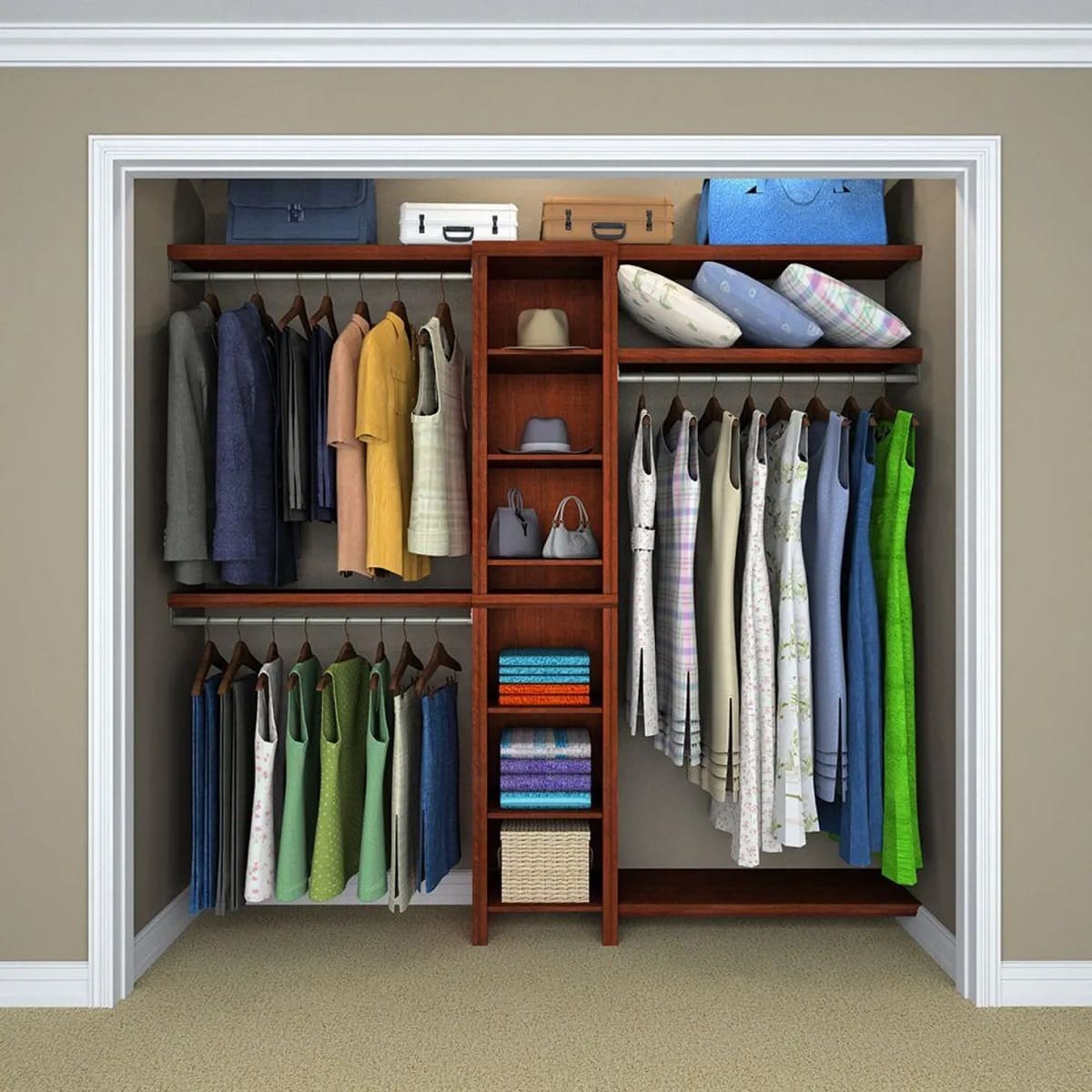
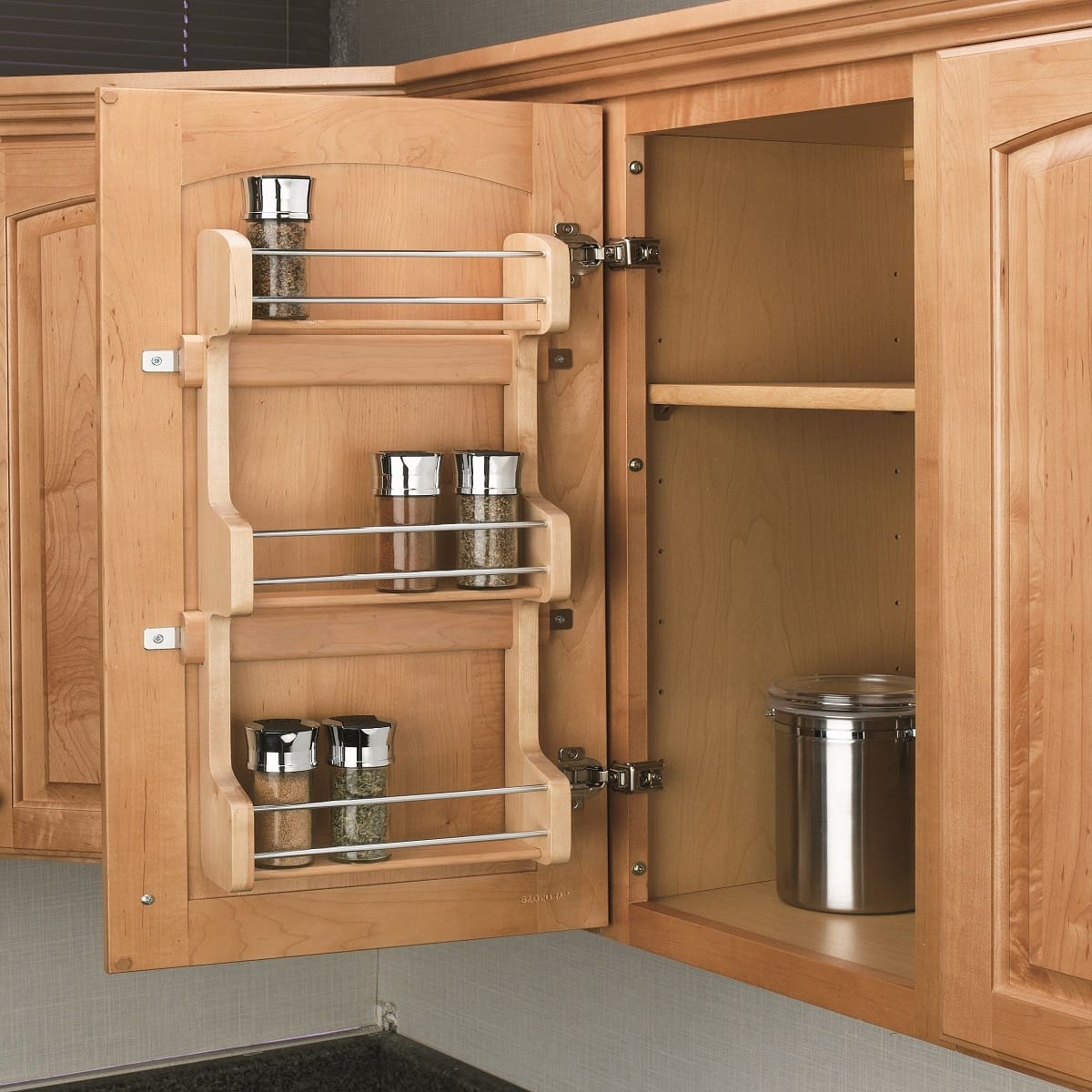
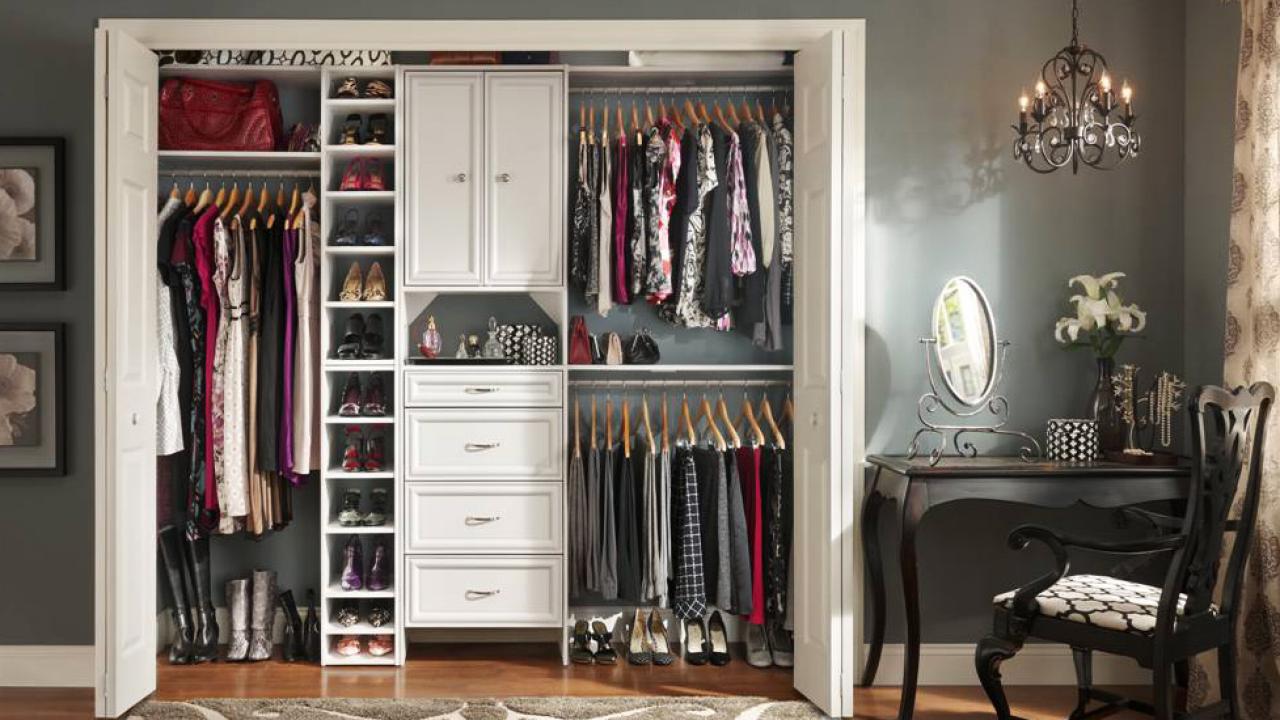
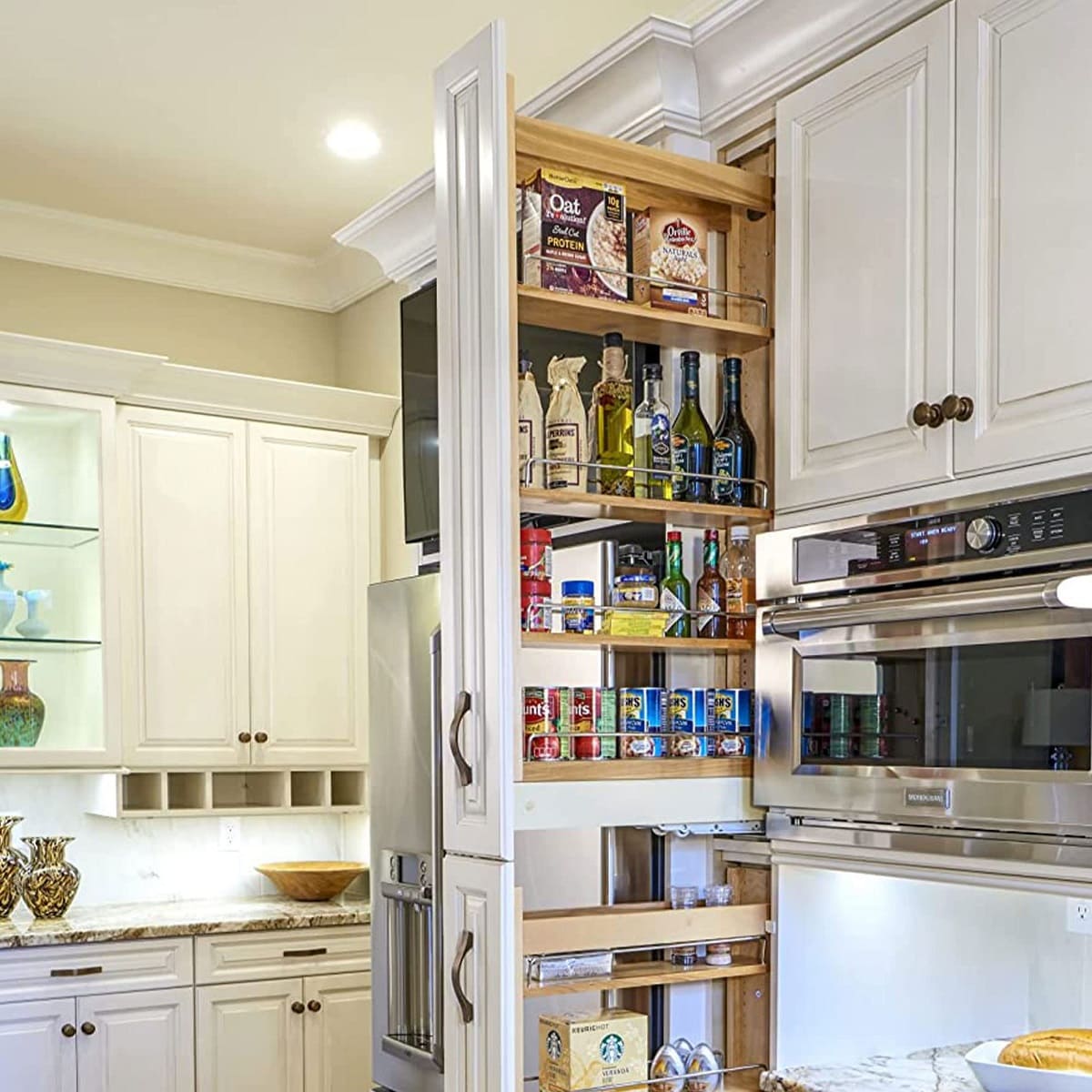

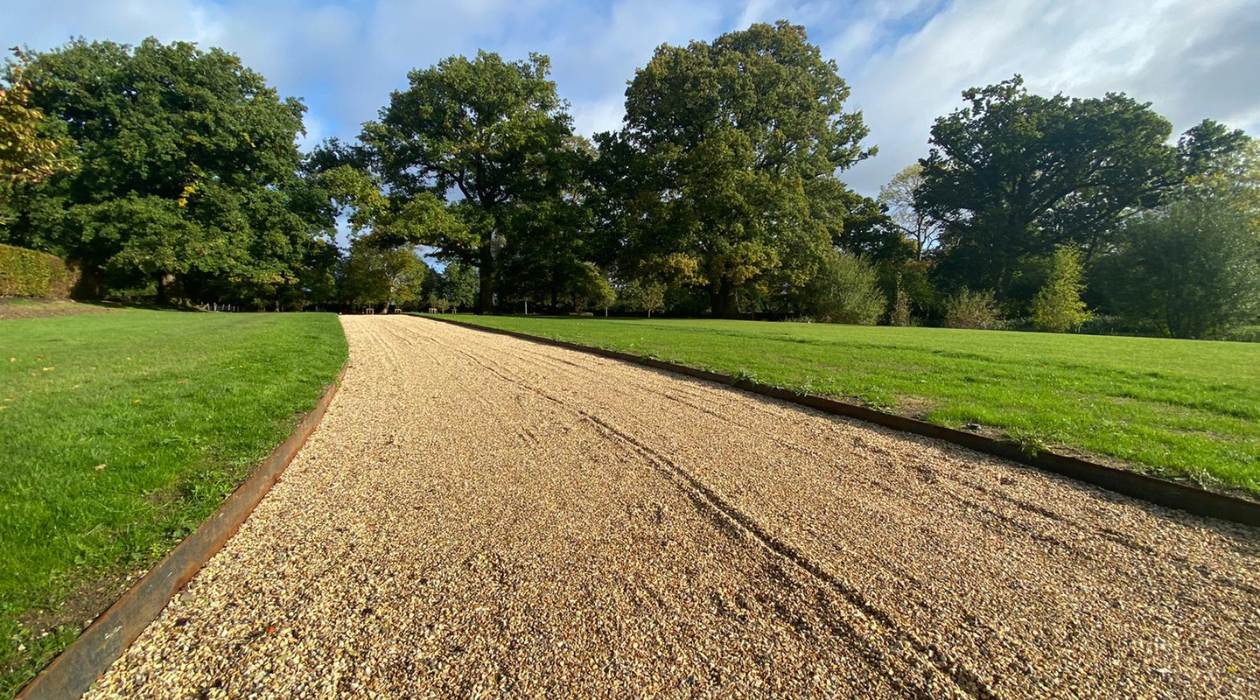

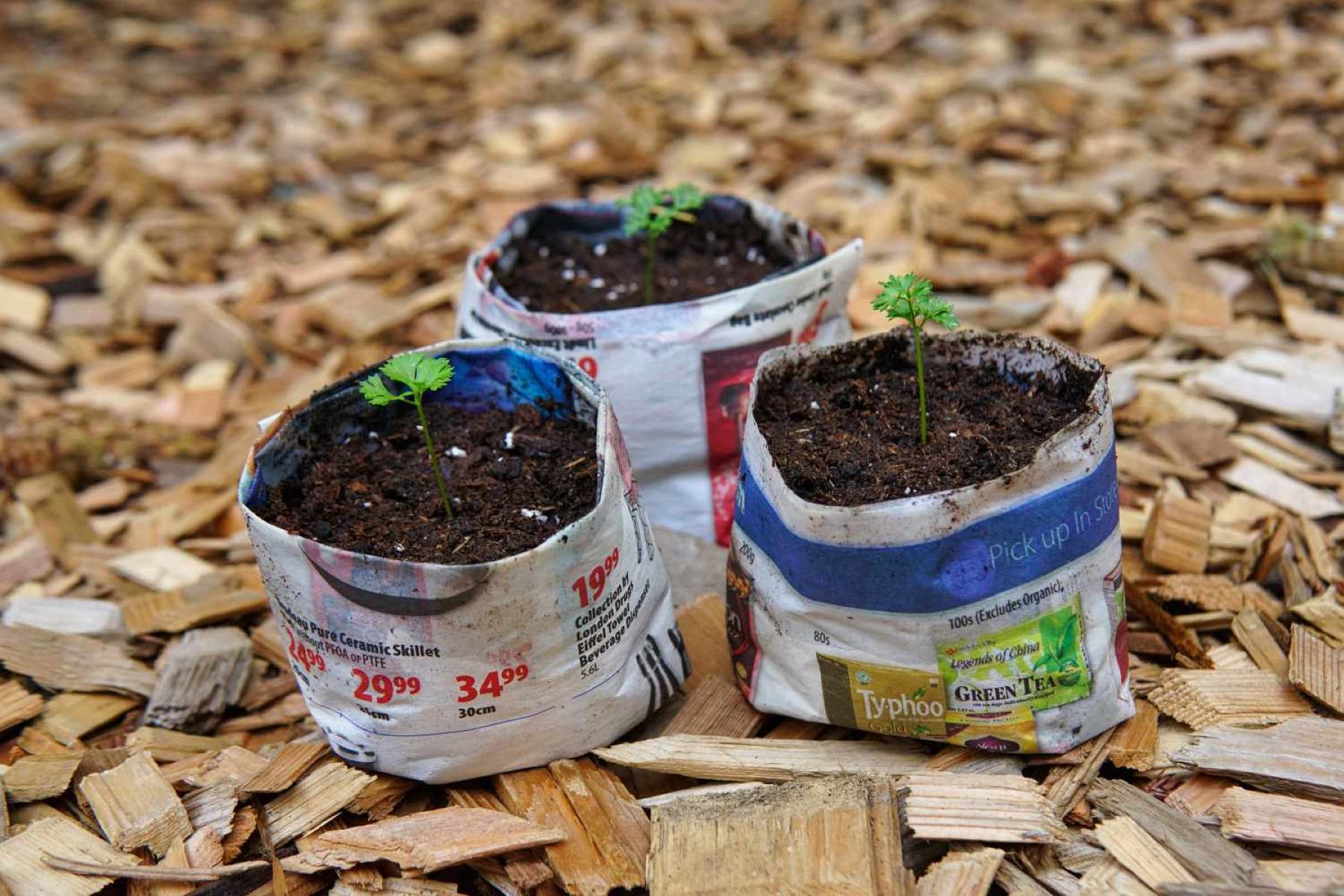
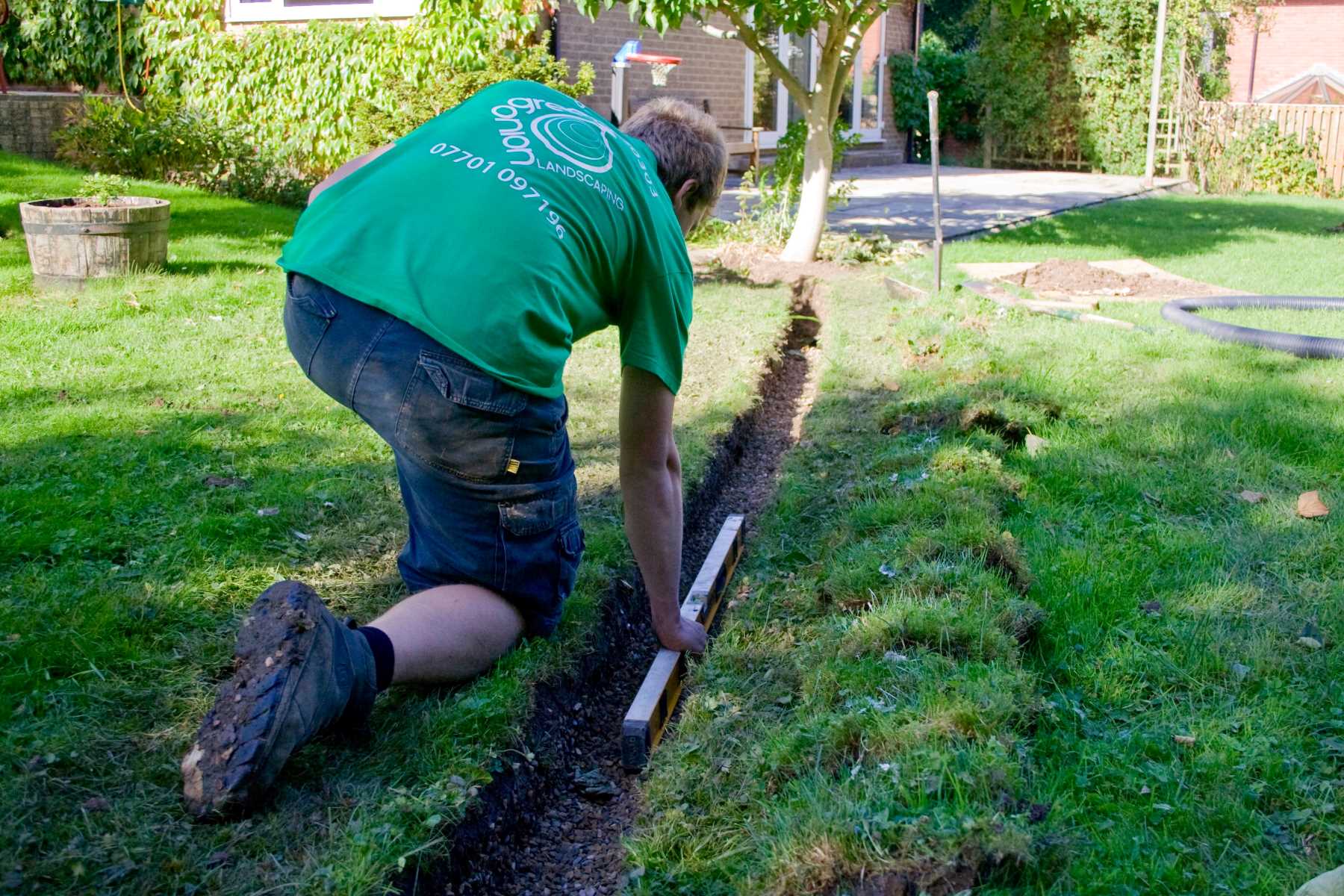
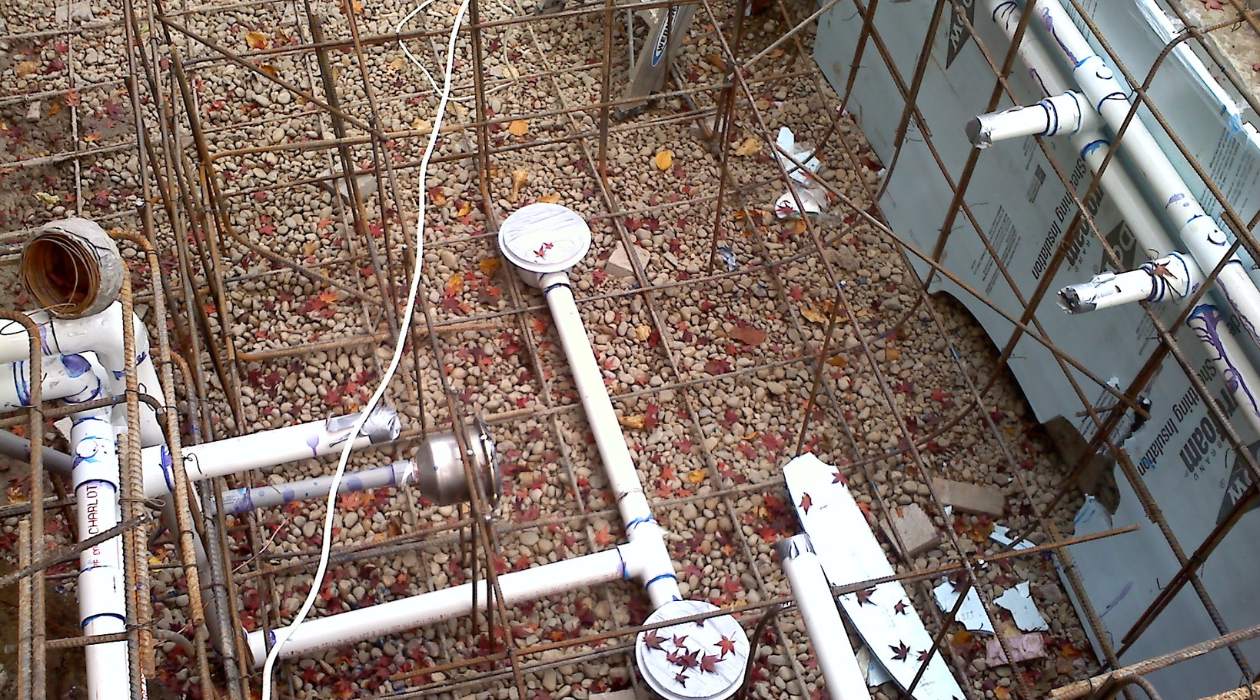

0 thoughts on “How Deep Should A Pantry Cabinet Be”